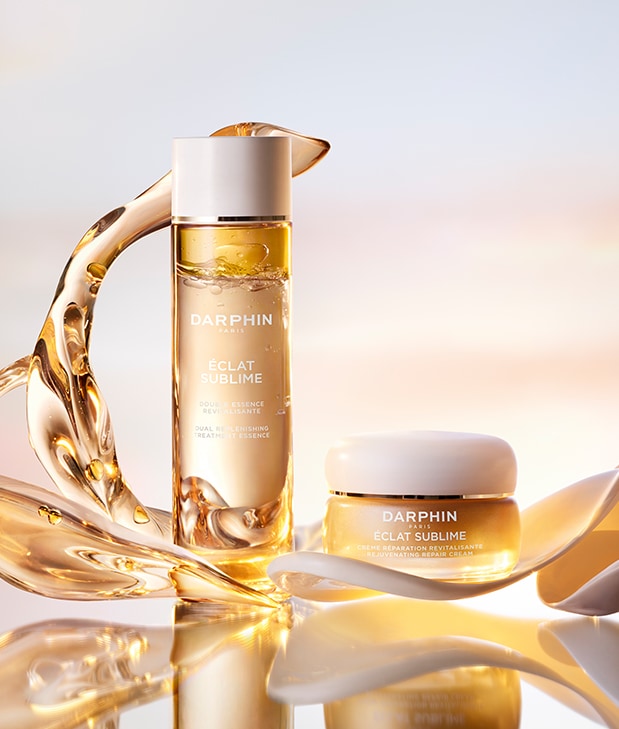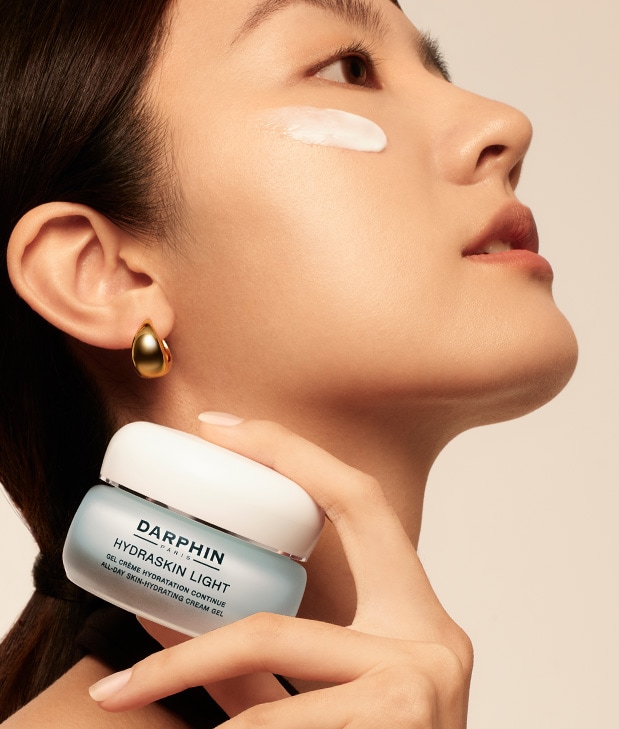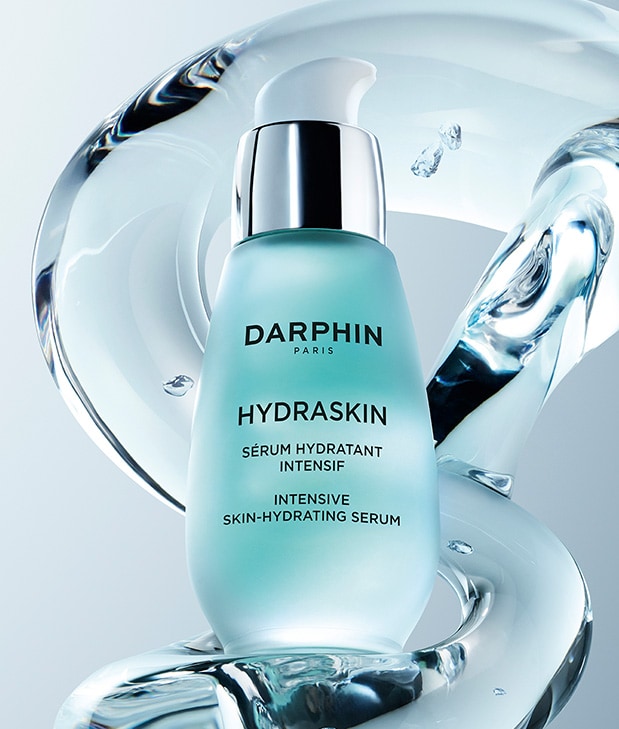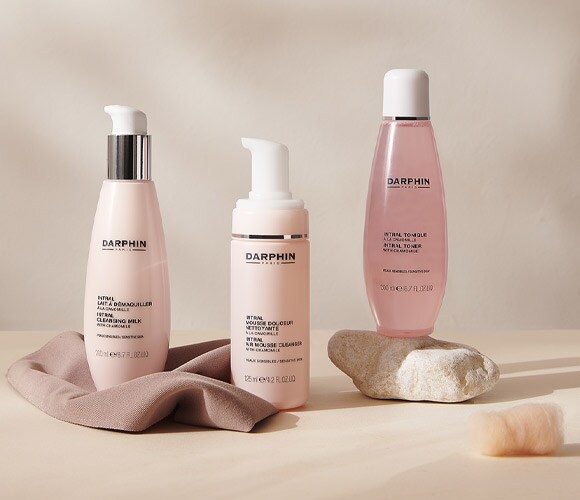Facial redness and sensitive skin: 5 skincare tips
Sensitive skin can be caused by a variety of internal and external factors. Understanding why your skin is sensitive will help you understand how to care for it, and to manage symptoms like facial redness.
What is sensitive skin?
There are three different types of sensitive skin: fragile skin, reactive skin and allergic skin.
Fragile skin is a skin condition that typically affects pale, thin, transparent skin that shows redness easily. While fragile skin is determined by your genes, an appropriate skincare routine can reduce symptoms.
Reactive skin becomes so when facing internal and external skin aggressors to which they are repeatedly exposed. All these stresses have a real impact and the effects on skin can be visible and felt such as dryness and irritation. It can be treated with adapted skincare.
Allergic skin becomes sensitive as an autoimmune response upon contact with an allergen. If skin has an allergic reaction it requires treatment from a professional.
What causes redness in the face?
Sensitivity in reactive and fragile skin is the result of a weakening of the skin’s layers. When skin cells are healthy, they sit in a tight, regular formation. When they are not, they become permeable, allowing molecules to enter more easily and irritate the skin.
While common external stressors like the weather and pollution can cause sensitive skin, internal stressors can also cause reactions. The skin is directly linked to the body’s central nervous system and emotional or psychological factors can trigger redness like flushing and red patches on the face and body.
This results in four symptoms of sensitive skin which can be irritating and painful: tightness, prickling, itching and red patches.
Is sensitive skin always dry?
It is highly likely that sensitive skin will also be dry skin. Very pale skin is generally thinner and dryer than darker skin types and more prone to sensitivity.
If oily or combination skin becomes sensitive it’s normally due to misuse of skincare products. If the skin is either not properly cleaned or over-burdened with product it can become sensitive.
How do you reduce facial redness?
- Clean skin thoroughly but gently.
Avoid using hot water, which can dry out the skin, and use a gentle cleanser. Darphin’s lightweight INTRAL Mousse is sulphate free and helps maintain the skin’s pH balance. It thoroughly detoxifies without stripping the skin.
- Use your fingers to apply products to the face.
The pads of your fingers are much softer than cotton wool, which can irritate the skin. Start with Darphin’s soothing and gentle INTRAL Cleansing Milk with fingertips and follow with INTRAL Mousse.
- Avoid using hard water on the skin.
Hard, calcium filled water can irritate the skin. After cleansing calm the skin with a toner. Our INTRAL Toner with camomile calms and soothes skin while gently removing any residue. To apply, soak cotton wool in water to soften the fibres, then saturate with toner and sweep gently over the skin.
- Don’t overuse cleansers and exfoliators.
Cleaning the skin too much can disrupt its pH balance. Cleanse in the morning and at night and exfoliate very gently once a week.
- Soothe and rebalance your skin.
Using soothing products will strengthen the skin’s protective layer, helping to improve skin health and prevent damage. Darphin’s INTRAL Serum intensely hydrates, soothes and revitalizes the skin. Follow with INTRAL Rescue Super Concentrate to rescue and reset skin in 4 weeks. This intensive treatment soothes, stabilizes and strengthens to create harmony, rebalancing the ecosystem of skin with a stabilized microbiome to get a healthy–looking skin.




